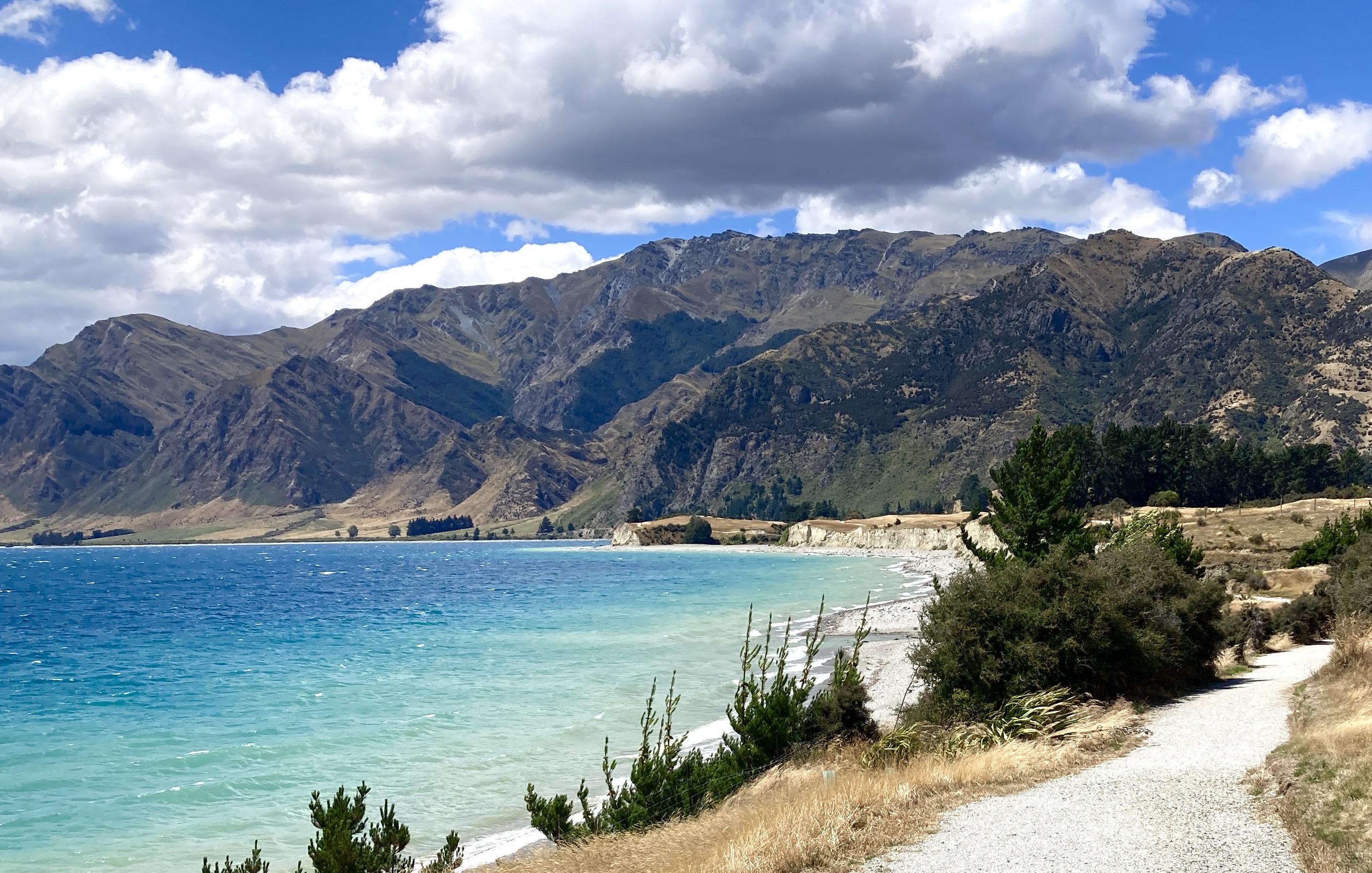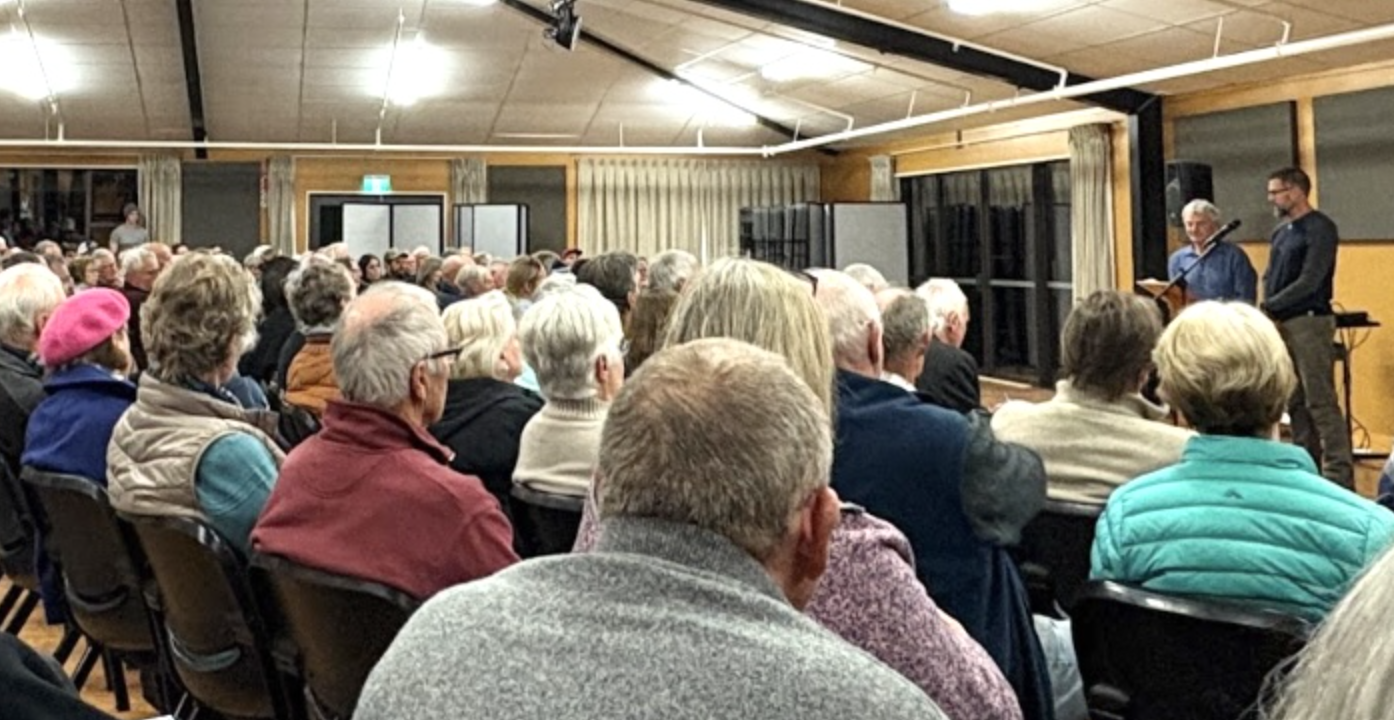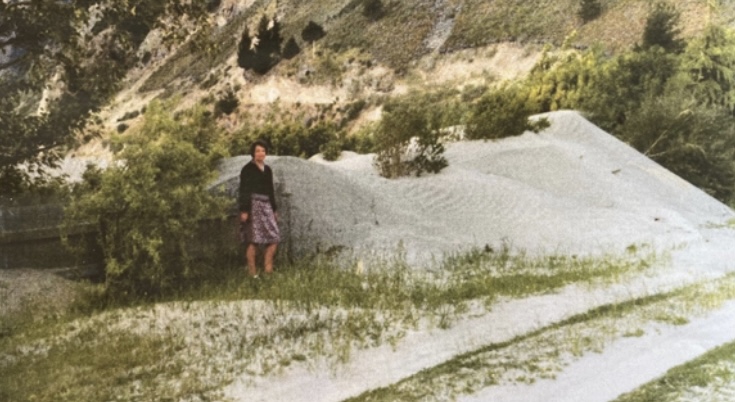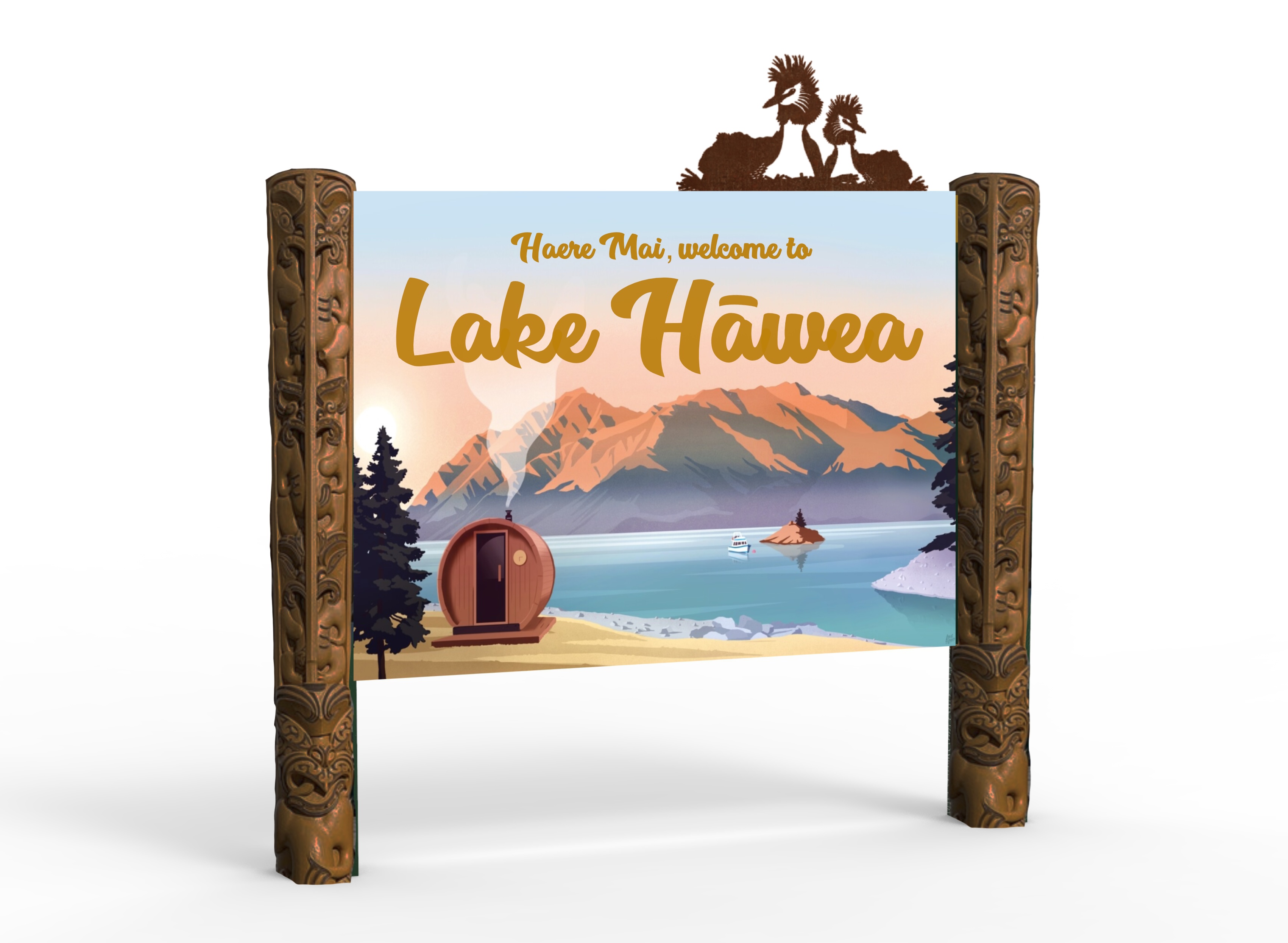‘Elation, surprise, relief’ as lake level proposal rejected
Sue Wards
21 October 2025, 4:30 AM
 Contact Energy’s proposal to lower Lake Hāwea’s contingent storage area raised concerns it would lead to dust storms, dry bores, and devastate the lake environment.
Contact Energy’s proposal to lower Lake Hāwea’s contingent storage area raised concerns it would lead to dust storms, dry bores, and devastate the lake environment.Residents of the Hāwea area have expressed relief and elation at the news Contact Energy’s proposal to lower Lake Hāwea’s contingent storage level through the Fast Track Act has been rejected.
A letter to Contact from the government’s Fast Track delivery and operations general manager Ilana Miller said the Minister for Infrastructure, Chris Bishop, had declined the proposal under two sections of the Fast Track Act.
“The Minister…cannot be satisfied the project is an infrastructure or development project which would have significant regional or national benefits,” the letter said, referring to section 21(3)(a) of the Fast Track Act.
The Minister also decided to decline the project on the basis it “may have significant adverse effects on the environment” (section 21(5)(c) of the Act), and that “it would be more appropriate to deal with the matters that would be authorised by the proposed approvals under another [the Resource Management Act]” (section 21(5)(b)).
Guardians of Lake Hāwea chair Geoff Kernick told the Wānaka App he was surprised and relieved the proposal had been declined.
“It absolutely is a win,” he said. “I’m very, very happy.”
Geoff said he had received lots of messages from around the area, adding: “I haven’t seen anyone that’s unhappy yet.”
Just last week, Contact Energy modified its proposal, saying in the rare event of a national energy emergency, it would like to lower the lake level not by a maximum of six metres from the existing consented contingent storage level to 330 metres above sea level (masl), but by two metres (334masl).
The revised proposal caused some concern locally that the Guardians and others may need “to start ramping up to fight”, Geoff said.
Read more: Don’t ‘underestimate the fight required’ - Hāwea residents warned
“Our argument has always been the proposal was about making money and Contact saw an opening through the Fast Track Act,” Geoff said.
“If it really was such a good idea and they needed it to keep the lights on, they could have gone through the Resource Management Act [RMA]… which is a far more arduous process and it does involve community consultation.”

Concerned residents filled the Lake Hāwea Community Centre in September to discuss Contact Energy’s fast-track application to reduce the lake level by as much as six metres. PHOTO: Wānaka App
While the news was “all very positive”, Geoff said, the incident had affected the Guardians’ relationship with senior Contact Energy staff.
“It’s going to be a while before it gets back to what it was. There’s definitely been a dent in trust.”
Hāwea Flat farmer Erynne Fildes, who has already invested tens of thousands of dollars in legal advice on the issue, told the Wānaka App she was “elated” by the news.
“It’s just heartening that common sense has prevailed and that the minister has looked at and listened to what we are saying,” she said.

Wind-borne lake sediment at John Creek circa 1978-80 following lowering of Lake Hāwea’s level in 1976. PHOTO: Campbell collection
“It’s great for Lake Hāwea, great for the lake, the residents, the farmers - it’s just a win for everyone.
“I really thought we were in for the fight of our lives.”
Lake Hāwea residents presented a united front last month at a public meeting over the original proposal, which the community said would lead to dust storms, dry bores, and devastate the lake environment.
Otago Regional councillor Michael Laws said at the meeting Lake Hāwea was facing a David-and-Goliath style battle against “a rapacious gentailer who is already arguing this project is in the national interest”.
Today he said “the Hāwea community have won a great victory and all of Otago should be in their debt”.
“This was a dog of an idea from Day One, and that has been recognised by the Minister. Contact owe the local community an apology for promoting such a dumb idea in the face of the obvious science and damage to the lake, aquifer and local water supply.”
Read more: Contact’s modified lake level proposal still ‘unsustainable’ - Guardians
PHOTOS: Wānaka App







